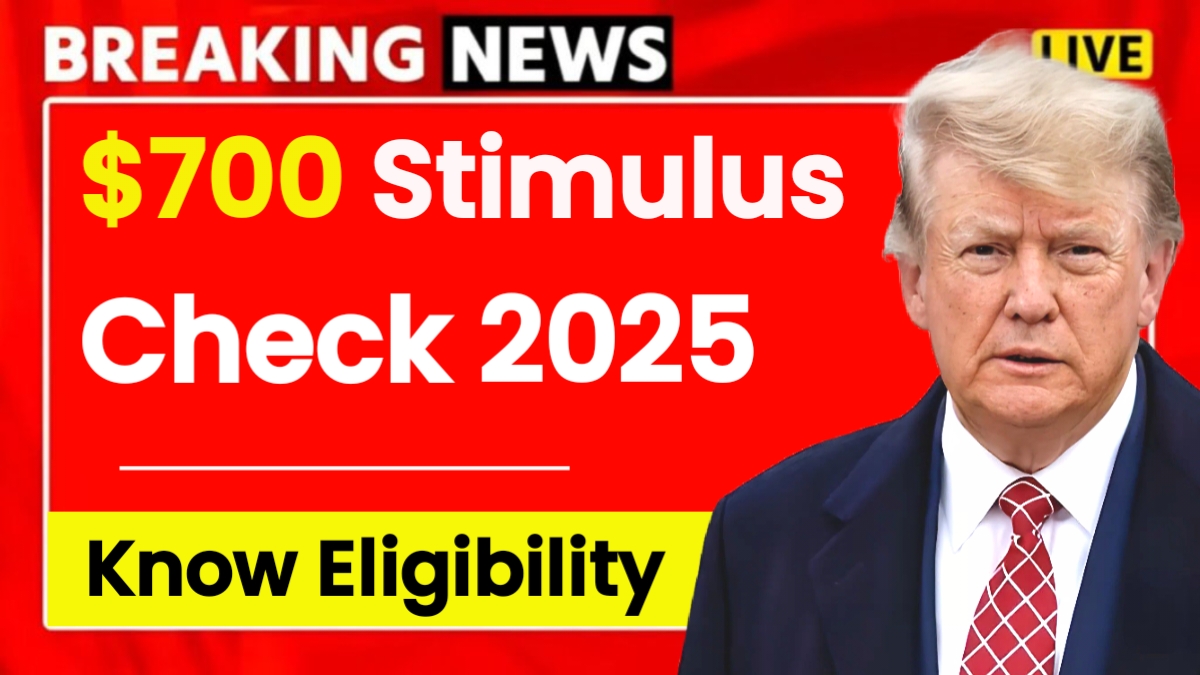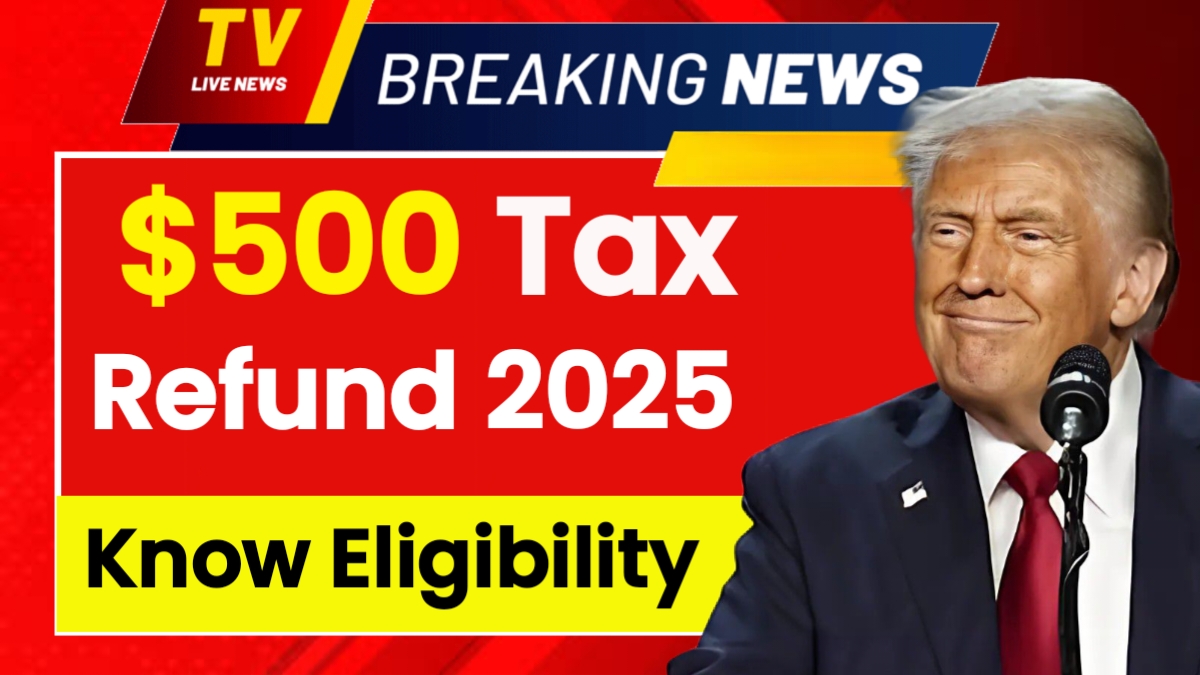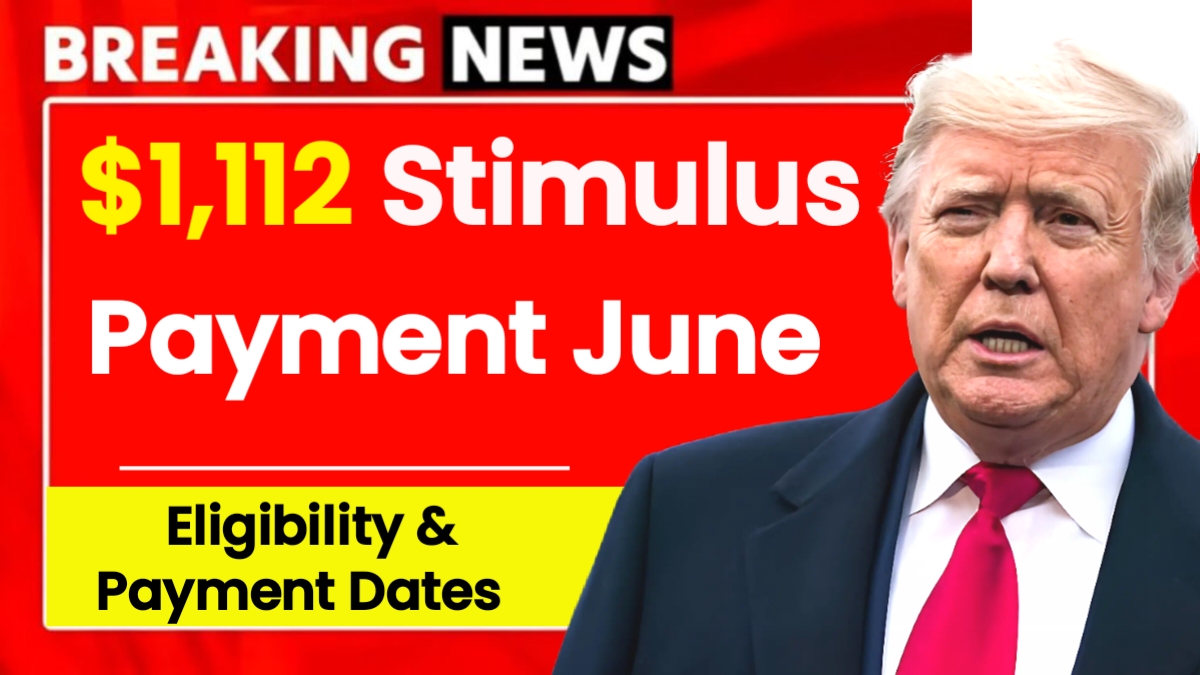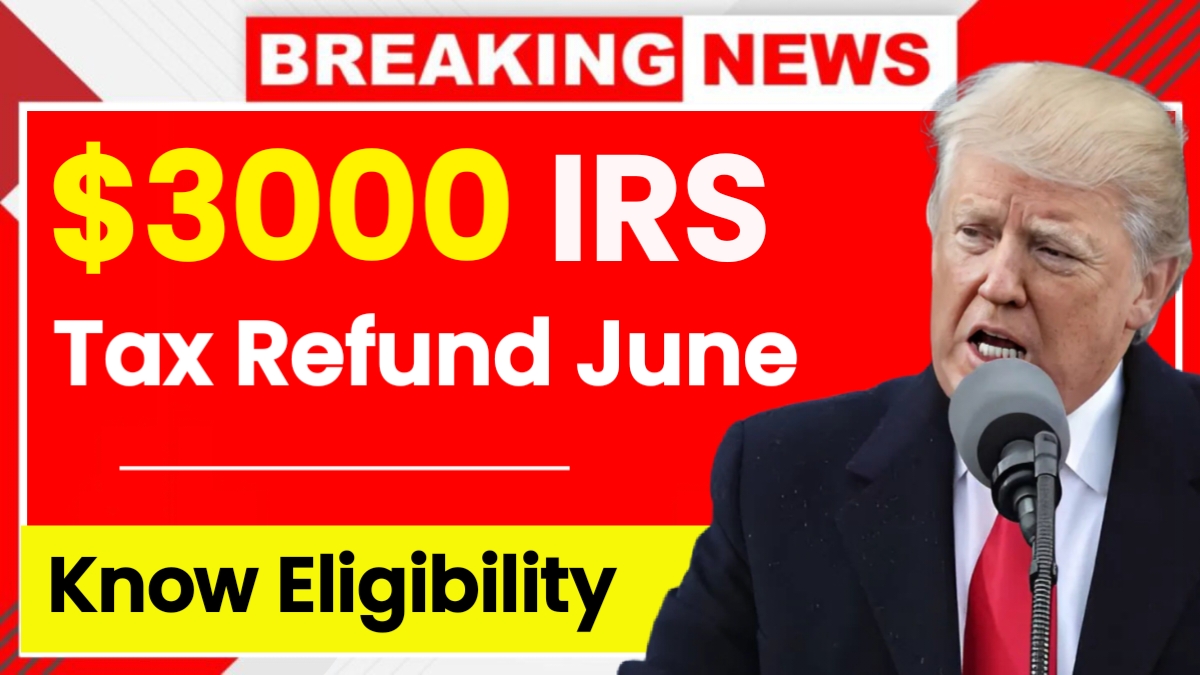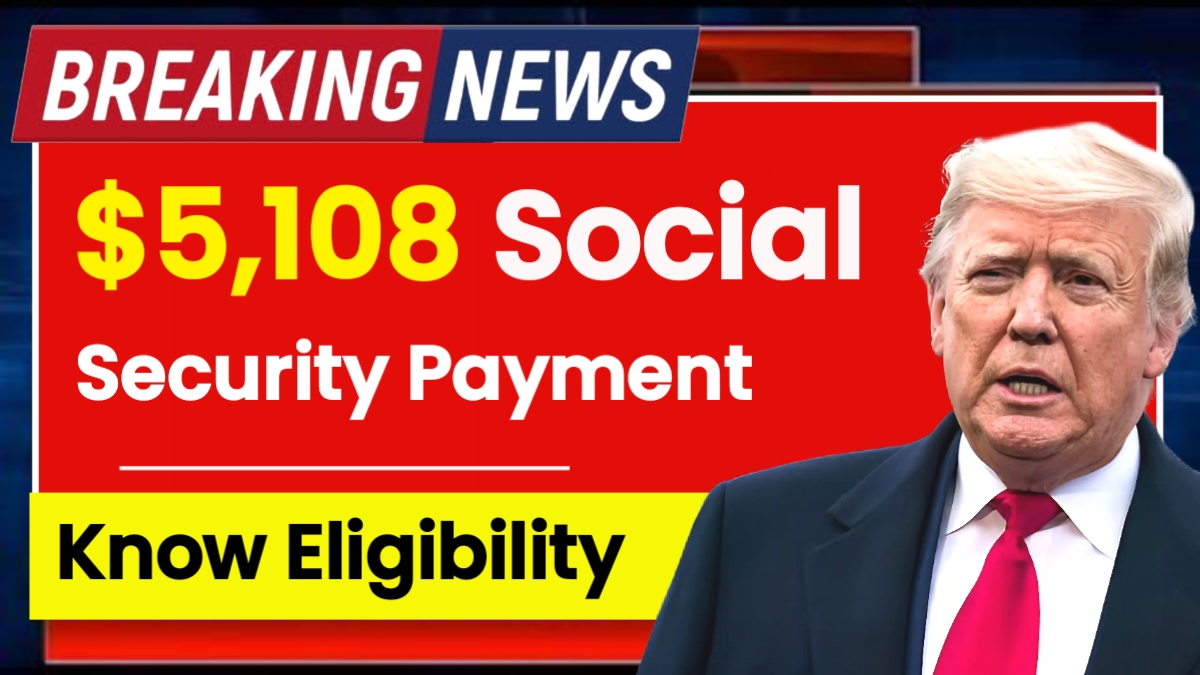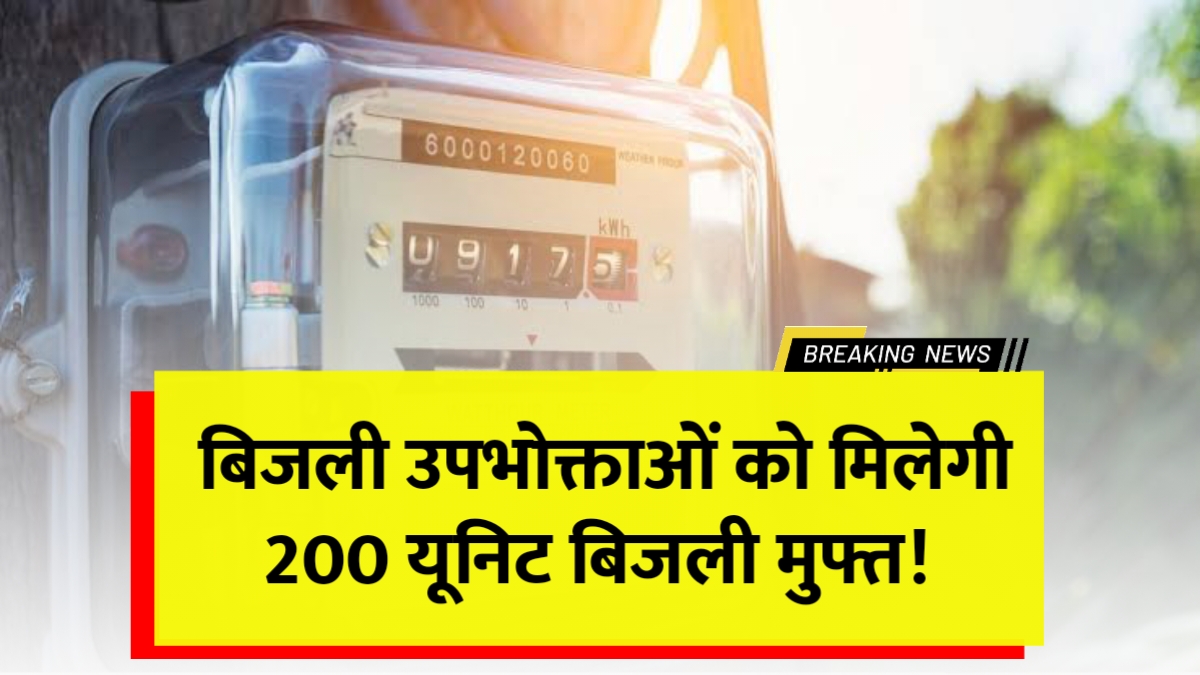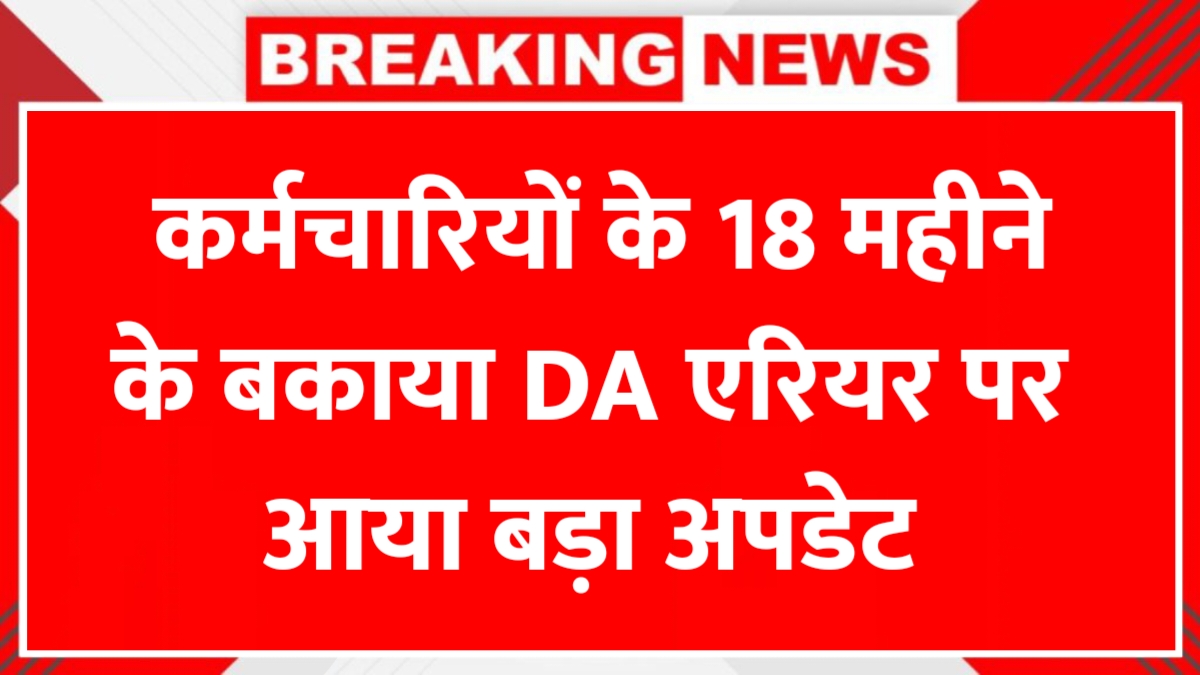$700 Stimulus Checks 2025: California residents facing financial difficulties have a new reason for optimism with the announcement of $700 stimulus checks through the Family and Workers Economic Stabilization Fund program. This initiative represents the second phase of financial assistance designed to help residents manage rising living costs and economic challenges that continue to affect households across the state. The program specifically targets essential workers and low-income families who have struggled with financial stability.
The stimulus program acknowledges that despite economic improvements in some areas, many Californians still experience significant financial strain. Rising housing costs, increased grocery prices, and transportation expenses have created ongoing challenges for working families. These $700 payments aim to provide immediate relief to help residents cover basic necessities and maintain financial stability during uncertain times.
Program Eligibility and Requirements
The California stimulus program establishes clear qualification criteria to ensure assistance reaches those who need it most. Applicants must be current California residents who were at least eighteen years old by December 31, 2023. Additionally, eligible individuals must have filed their 2023 state income tax return, as this serves as the primary method for determining qualification and distributing payments.
Income limits play a crucial role in determining eligibility for these stimulus payments. Single individuals with adjusted gross income exceeding $45,000 do not qualify for assistance, while married couples filing jointly must have combined income below $65,000. The program also prioritizes essential workers in critical industries including healthcare, transportation, cleaning services, and school food programs. Importantly, individuals who received payments during earlier rounds of stimulus assistance are not eligible for this current program.
Payment Distribution Methods and Timeline
California has streamlined the payment process to ensure eligible residents receive their $700 stimulus checks efficiently and securely. The state will distribute payments through two primary methods based on the information provided in residents’ 2023 tax returns. Direct deposit represents the fastest option, with funds typically appearing in bank accounts within seven to ten business days of processing.
For residents who did not provide banking information on their tax returns, the state will mail physical checks to the addresses listed on their tax filings. This ensures that all eligible residents can receive their payments regardless of their banking situation. The payment distribution began during the third week of May 2025, with the process designed to be automatic for qualified individuals who have current tax records on file.
Important Deadlines and Action Items
Several critical deadlines affect eligibility and payment timing for the California stimulus program. Residents who need to update their banking or mailing information must do so by June 1, 2025, to ensure timely payment delivery. This deadline is particularly important for individuals who have moved recently or changed their banking arrangements since filing their 2023 tax returns.
The most significant deadline affects residents who have not yet filed their 2023 state tax returns. These individuals must complete and submit their returns by June 15, 2025, to maintain eligibility for the $700 stimulus payment. Late filing after this deadline will result in disqualification from the program, making it essential for residents to prioritize completing their tax obligations promptly.
Impact and Significance for California Families
The $700 stimulus checks provide meaningful assistance for California families struggling with everyday expenses. These payments can help cover essential costs such as groceries, transportation, utility bills, and housing expenses that have increased significantly in recent years. For low-income households and essential workers, this amount represents substantial relief that can ease financial pressure and provide breathing room in tight budgets.
The program also demonstrates the state’s commitment to supporting residents who have faced ongoing economic challenges, particularly those who have been essential to maintaining critical services throughout difficult periods. By focusing assistance on frontline workers and lower-income families, California acknowledges the sacrifices these individuals have made while ensuring they receive tangible support for their contributions.
The automatic distribution system eliminates barriers that might prevent eligible residents from accessing their benefits, ensuring that assistance reaches those who need it most without requiring additional paperwork or complex application processes.
Disclaimer: This article provides general information about California’s stimulus program based on available reports. Program details, eligibility requirements, and payment schedules may change. Residents should verify current information through official California government sources before making financial decisions based on this content.
